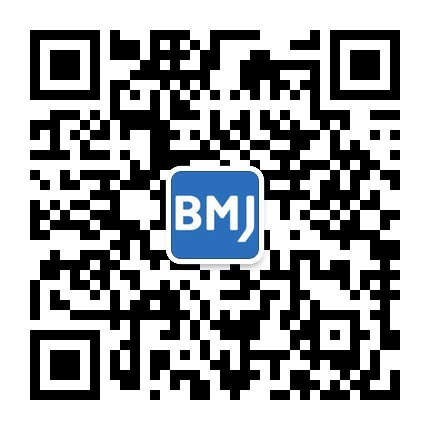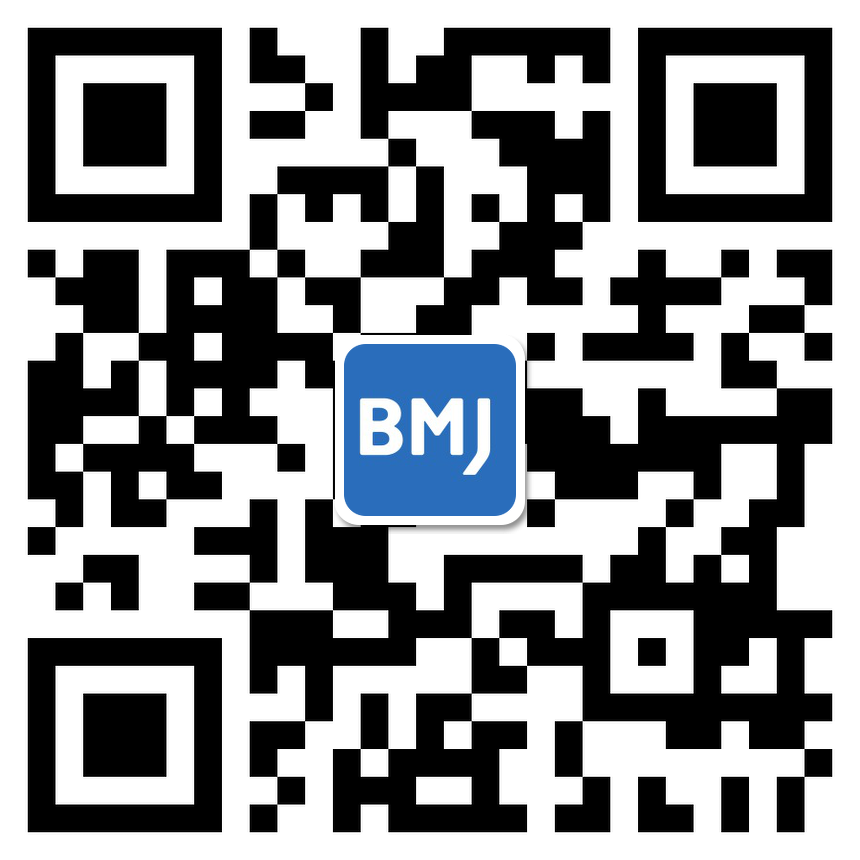内容精选
Content Selection
《英国医学杂志》 研究文章
The BMJ Research
Evaluating the credibility of anchor based estimates of minimal important differences for patient reported outcomes: instrument development and reliability study [评估基于锚的患者报告结局最小重要差距估计的可信度:仪器开发和可靠性研究]
- 分享:
BMJ 2020; 369 doi: https://doi.org/10.1136/bmj.m1714 (Published 04 June 2020)
Cite this as: BMJ 2020;369:m1714
Authors
Tahira Devji, Alonso Carrasco-Labra, Anila Qasim, Mark Phillips, Bradley C Johnston, Niveditha Devasenapathy, Dena Zeraatkar, Meha Bhatt, Xuejing Jin, Romina Brignardello-Petersen, Olivia Urquhart, Farid Foroutan, Stefan Schandelmaier, Hector Pardo-Hernandez, Robin WM Vernooij, Hsiaomin Huang, Yamna Rizwan, Reed Siemieniuk, Lyubov Lytvyn, Donald L Patrick, Shanil Ebrahim, Toshi Furukawa, Gihad Nesrallah, Holger J Schünemann, Mohit Bhandari, Lehana Thabane, Gordon H Guyatt
Abstract
Objective To develop an instrument to evaluate the credibility of anchor based minimal important differences (MIDs) for outcome measures reported by patients, and to assess the reliability of the instrument.
Design Instrument development and reliability study.
Data sources Initial criteria were developed for evaluating the credibility of anchor based MIDs based on a literature review (Medline, Embase, CINAHL, and PsycInfo databases) and the experience of the authors in the methodology for estimation of MIDs. Iterative discussions by the team and pilot testing with experts and potential users facilitated the development of the final instrument.
Participants With the newly developed instrument, pairs of masters, doctoral, or postdoctoral students with a background in health research methodology independently evaluated the credibility of a sample of MID estimates.
Main outcome measures Core credibility criteria applicable to all anchor types, additional criteria for transition rating anchors, and inter-rater reliability coefficients were determined.
Results The credibility instrument has five core criteria: the anchor is rated by the patient; the anchor is interpretable and relevant to the patient; the MID estimate is precise; the correlation between the anchor and the outcome measure reported by the patient is satisfactory; and the authors select a threshold on the anchor that reflects a small but important difference. The additional criteria for transition rating anchors are: the time elapsed between baseline and follow-up measurement for estimation of the MID is optimal; and the correlations of the transition rating with the baseline, follow-up, and change score in the patient reported outcome measures are satisfactory. Inter-rater reliability coefficients (ĸ) for the core criteria and for one item from the additional criteria ranged from 0.70 to 0.94. Reporting issues prevented the evaluation of the reliability of the three other additional criteria for the transition rating anchors.
Conclusions Researchers, clinicians, and healthcare policy decision makers can consider using this instrument to evaluate the design, conduct, and analysis of studies estimating anchor based minimal important differences.




 京公网安备 11010502034496号
京公网安备 11010502034496号